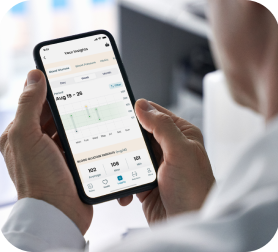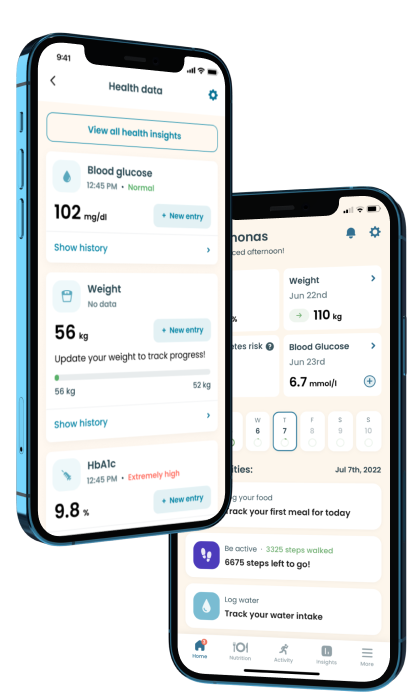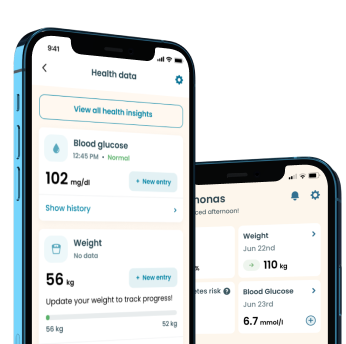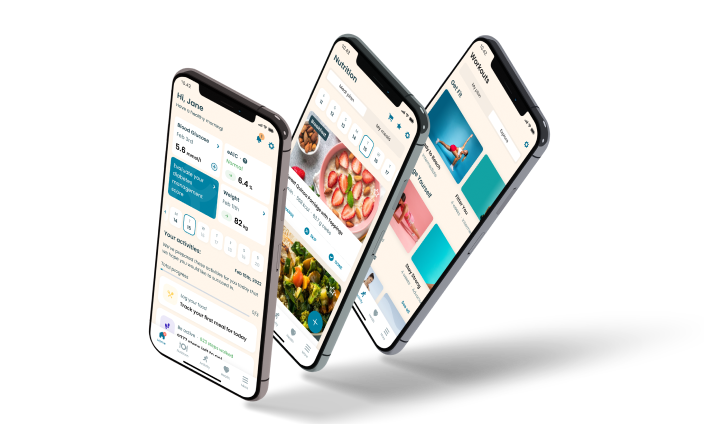Beans and Diabetes
.jpg)
Good
32
39 kcal
Eating a range of legumes, especially beans, as part of a healthy diet may be beneficial not just in preventing diabetes but also in managing it.
According to studies, these legumes have various features that make them ideal for lowering blood sugar levels. In light of this, the relationship between beans and diabetes is deserving of attention, and this article does justice to that. Kindly stick with us as we walk you through the science-backed health benefits of various kinds of beans.
Nutritional value
- Protein 1.9 g
- Carbohydrate 7.13 g
- Fat 0.3 g
- Fiber 3.2 g
- Sugar 3.6 g
- Cholesterol 0 g
Nutritional Content of Beans
While beans have a mild flavor, their nutritional value is where they shine. According to the United States Department of Agriculture (USDA), you get 245 calories and 216 calories in just one cup of pinto and lima beans, respectively. On the other hand, green beans yield a way lesser calorie count of 43.8 calories per cup. Hence, if you’re bent on avoiding excessive weight gain, green beans are your best bet.
Furthermore, pinto and lima beans offer about 4 times the amount of carbs found in green beans. The same goes for their fiber content. When it comes to their protein content, pinto and lima beans yield 7–8 times the amount of protein found in green beans, making them an excellent meat substitute.
Overall, while pinto and lima beans might seem to cause surges in your blood pressure, their high fiber and protein content compensate for this. Namely, the soluble and insoluble fiber found in beans aids in the reduction of cholesterol and blood sugar levels.
Beans also have a low glycemic index (GI), making them a better choice for controlling blood sugar levels than many other starchy foods. Namely, pinto, lima, and green beans have a low GI of 45, 46, and 11, respectively.
Take a quiz
Discover what Klinio app can do for you
Healthy diabetes meal plan crafted just for YOU

Personalized workouts with no equipment needed

Track your progress with smart tracking tools

Benefits of Beans Intake in Diabetes Management
Numerous research on beans and diabetes highlight the benefits these fantastic legumes present to diabetic health, as we will see below.
Aids Heart Health
Beans are "heart-healthy" because they are high in soluble fiber, which helps to decrease cholesterol and triglyceride levels. According to a 2018 systematic review and meta-analysis of 24 observational studies, the consumption of beans alongside nuts has been linked to a reduced coronary heart disease risk.
One reason for the drop in cardiovascular risk, according to a 2017 meta-analysis, is that consumers consider legumes as an excellent substitute for unhealthy protein sources.
It Can Help You Lose Weight
Beans are high in protein, another component that helps to control cravings, in addition to their belly-filling fiber. Namely, beans’ protein and fiber delay stomach emptying, allowing you to stay filled for longer.
While many individuals turn to meat for protein, many are unaware that beans are also high in nutrients. For example, you get a whopping 15.4 g and 14.7 g of protein in one cup of boiled pinto and lima beans, respectively. On the other hand, green beans have a way lesser protein content of 2.36 g.
Even better, because beans are low in fat, they make it easier to lose weight. This has a lot to do with how beans are metabolized in your body.
Contains Antioxidants
Polyphenols, a type of antioxidant that rids the body of free radicals, are abundant in beans. This is beneficial because free radicals, which are harmful molecules produced by the body during metabolism and other activities, can damage cells, resulting in various disorders like cardiovascular and inflammatory disease (e.g., diabetes).
Aids Blood Sugar Control
In addition to being high in fiber, most beans have a low GI. As such, their carb content is digested at a slower rate over a more extended period, keeping blood sugar levels stable.
According to research published in the Archives of Internal Medicine, 121 people with type 2 diabetes who ate a minimum of one cup of legumes (beans inclusive) daily for three weeks were able to maintain lower blood sugar and blood pressure compared to when they didn’t include legumes in their diet.
Namely, the findings include a 0.5% lower HbA1C level and an 0.8% reduction in coronary heart disease (CHD) risk.
Beans Can Aid Cholesterol Reduction
LDL low-density lipoprotein cholesterol (“bad” cholesterol) can adhere to the insides of your blood vessels, causing inflammation and plaque buildup. Thankfully, in the GI tract, the soluble fiber in beans binds to cholesterol, preventing absorption into the blood.
According to a meta-analysis published in the Canadian Medical Association Journal, eating just one serving (130 g) of pulses (beans, peas, chickpeas, or lentils) daily for six weeks can slash your LDL levels by 5% and your risk of cardiovascular disease by 5–6%.
Potential Risks of Beans Consumption
Beans and other legumes can cause allergic reactions in some people. Lectins, which are proteins found in beans, are potentially hazardous to humans. However, you can reduce lectins in beans by soaking and boiling them for at least 10 minutes.
How to Incorporate Beans Into a Diabetes Diet
Beans are a fantastic, versatile cuisine that may be served as a side or main dish. Here are some recipes you might want to try out the next time you lay your hands on these legumes:
- Hummus
- Refried beans
- Boston baked beans
- Tuscan bean soup
- Minestrone
- Navy bean soup
- Red beans and rice
- Chili
Conclusion
Beans have a low glycemic index and are high in complex carbs, dietary fiber, and protein. Hence, they're excellent food for managing insulin resistance and diabetes. You can choose from various beans, including soybeans, green beans, lima beans, pinto beans, and others.

Download Klinio app!
Get more by downloading our free Klinio App. Analyze your health, form new habits and manage your diabetes anytime, anywhere.
OR
SCAN QR CODE



GET THE APP











